Old, and Some New, Photographs of Woodbridge & Melton
In 1575 Thomas Seckford obtained a licence from the Queen to found almshouses for the constant residence of thirteen poor men. They were to be accommodated in seven tenements he had just built on northern side of Le Fishpond Street. Seckford ordained that the 13 almsmen would have use of a nearby garden of about 3 acres and of a fountain or well in his "newly enclosed park in Woodbridge". It is probably because of the fountain or well that Le Fishpond Street was being called Well Street by 1587.
Following a fire the almshouses were rebuilt in 1733. Fifteen years later the nurses' residence was built alongside the almshouses because the old one proved to be inconveniently situated and needed repair.
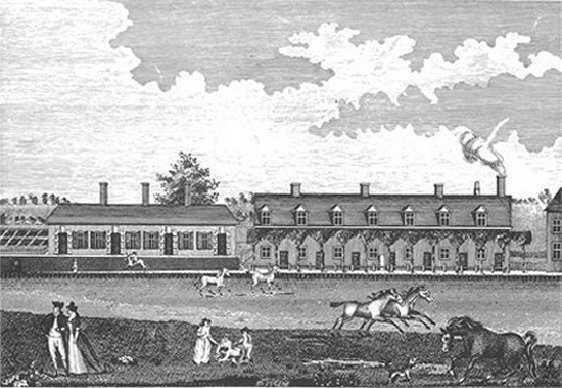
Seckford had endowed his almshouses with land in Clerkenwell (London) and, by 1832, the accumulated income from this property had greatly increased. This enabled the governors of the almshouses to double the number of almsmen. For their reception they commissioned the erection of a large and handsome Hospital with 32 bed-sitting rooms, each with a kitchen and a bath. Construction of the east wing started in 1834 and by 1839 the residents of the old Almshouses had moved in. Three years later the western wing and a lodge (for a porter/gardener) were completed and the massive gates and railings erected. The total cost of the new complex was about £28,000. The chapel between the east and west wings was competed in 1843 at accost of £1200. There was seating accommodation for 150 to 200.
By 1840 the name Well Street was changed to Seckford Street presumably because it was dominated by the Seckford Hospital.
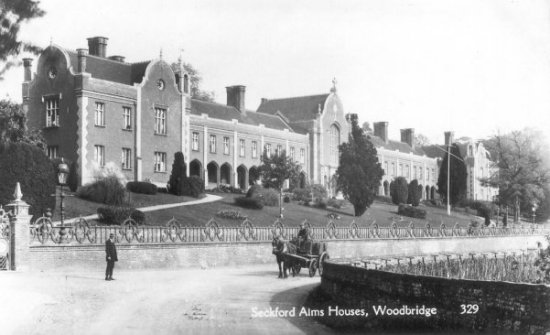
Phot070
In 1869 the old almshouses, and the adjacent nursesí home, were demolished and the this two story building opposite Fen Meadow was erected. They provided accommodation for eight married couples, eight single women and a nurse.
From 1908 until 1975 the Hospital had to manage on a fixed income from the assets held by the School. This income was increased from £2,000 in 1908, to £3,000 in 1957 and to £4,000 in 1967. During this period the number of residents remained constant.
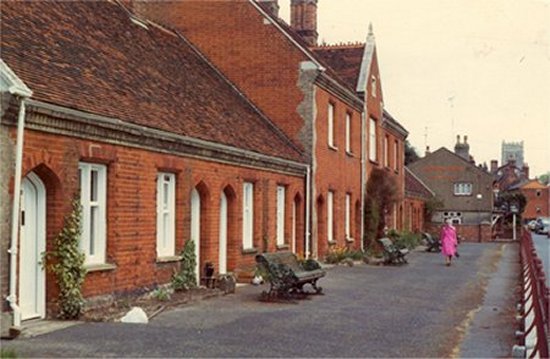
In 1975 the Seckford Charity announced its intention to provide "a care unit and ancillary services" to increase the charity's contribution to the community of Woodbridge. A sum of £150,000 was set aside for this purpose. The proposed care unit, Jubilee House, was occupied in June 1978. It was designed to house the more physically frail residents and to provide a social centre for the whole Seckford Hospital complex. Jubilee House also provides a limited Day Centre for other residents of Woodbridge.
In April 1980 an offer of £825,000 was accepted for nearly all the remaining Clerkenwell properties. An investment portfolio was created to sustain the Seckford Charity in the years ahead. By 1987 the value of the investment portfolio stood at £5,000,000. The properties owned by the charity were insured for replacement purposes at a combined value of £20,000,000.
In 2005 a major refurbishment of the Seckford Almshouses was started to bring accommodation up to modern standards and make it suitable for wheelchair users. This work has not changed the exterior of the almshouses.
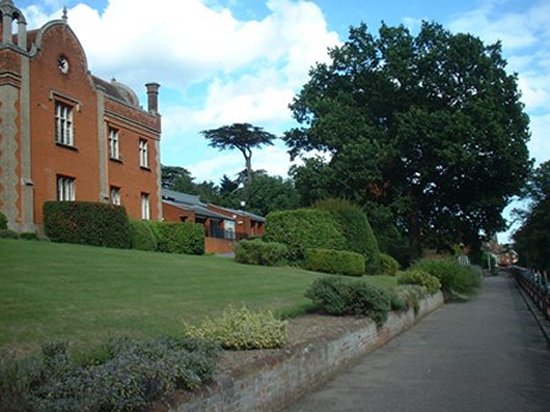
Scarff's market garden was established in the 1880s and the family also ran a greengrocer's shop on The Thoroughfare. They advertised that their 'fruit and vegetables were fresh from the garden'. The market garden closed in the 1960s and the whole area was redeveloped. Housing was built along the parts which abutted Seckford Street and Drybridge Hill. In addition Bridgewood Road was laid out to provide access to a housing estate. The latter was bounded east was bounded by Fen Meadow and on the south by the cemetery which had been established on Upper Warren Hill.
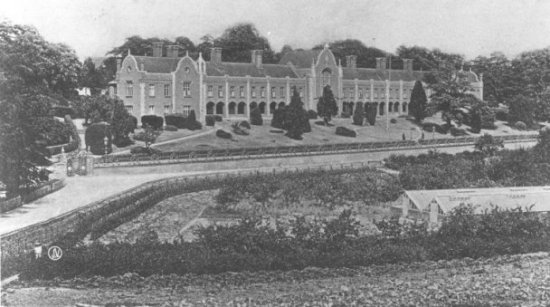
Phot070 Next photograph in this Series Previous photograph in this series